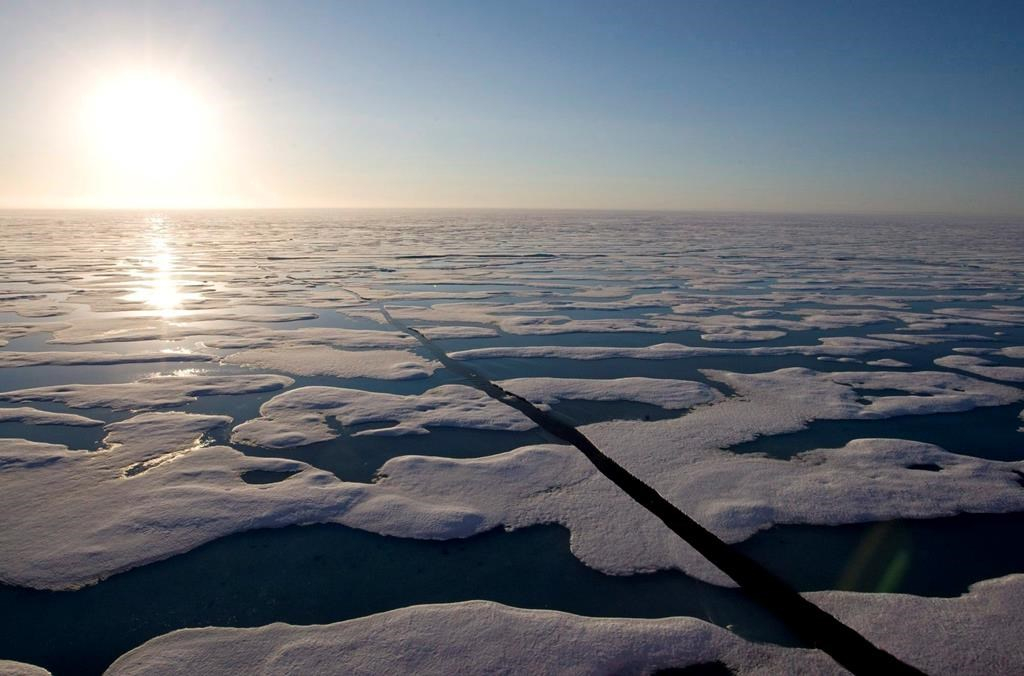Support strong Canadian climate journalism for 2025
Environmental groups are applauding international shippers and shipping companies that have voluntarily promised to stay away from controversial Arctic routes.
"We were really excited to get this pledge together," said Dan Hubbell of the Ocean Conservancy, which is co-ordinating the campaign.
So far, 21 companies that either ship goods internationally or carry those goods have signed.
That means signatories that produce consumer goods — including Nike, Puma, Columbia and Ralph Lauren — will ensure their products aren't shipped along routes that go through Arctic waters.
Shippers, which include global giants such as Kuehne + Nagel and Hapag-Lloyd, won't send their own vessels along those lanes or arrange for others to ply them.
Hubbell said the signatories control about one-third of the shipping industry by market share.
That's 1,366 ships and three of the top five shipping companies in the world.
That's worth celebrating, Hubbell said.
"The Arctic is both unique and uniquely vulnerable. We're still a long ways away from having any support infrastructure or rapid response if we have a spill."
The impact of shipping on Arctic ecosystems, animals such as beluga whales, narwhal and walrus, as well as Indigenous communities is largely unknown. Ice and periods of 24-hour darkness add to the hazards of northern seas.
Arctic shipping remains in its infancy, but it has been growing at a rate of about six per cent a year, said Greg Fiske, a researcher at the Woods Hole oceanographic institution in Massachusetts.
"Ships are increasing," he said. "Mostly, it's the Russians."
Just over half of all vessels in the Arctic are Russian, Fiske found. They are traversing the Northern Sea Route that Russia has been developing over recent years along its northern coast.
Fiske counted about 3,100 commercial vessels in Arctic waters in 2016, the vast majority on the Northern Sea Route. About half are cargo vessels of some type: from oil tankers to bulk shippers. The rest are for passengers, supplies or fishing.
"We also found that smaller ships are increasing faster than larger ships," Fiske said. "It's the smaller ships that are a big worry for policy-makers because they have a greater risk."
He expects it will be hard to persuade shippers to stay away from the Arctic as climate change shrinks the ice cover that has kept it in frozen isolation.
"You're opening up a brand new ocean and it's going to be pretty difficult to keep folks from using it."
Hubbell said the no-use promise can make a difference — especially since it's part of a larger campaign against other environmental threats to the area such as heavy fuel oil, a big source of greenhouse gases as well as black carbon.
"I think it's important for us to send a signal," he said.
"It's exciting to see the narrative shift. Changes in the Arctic aren't some magical economic opportunity here — it's evidence of a real tragedy.
"We hope other companies will sign on."
This report by The Canadian Press was first published Jan. 12, 2020






Comments